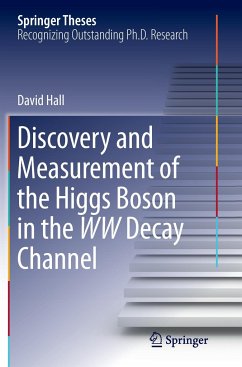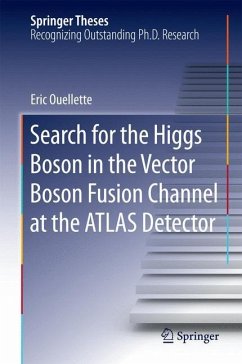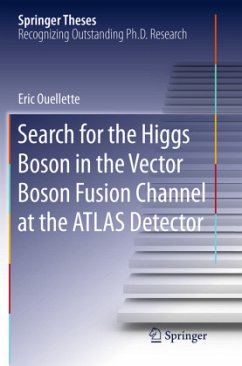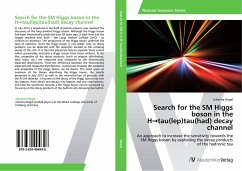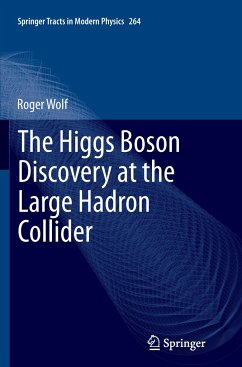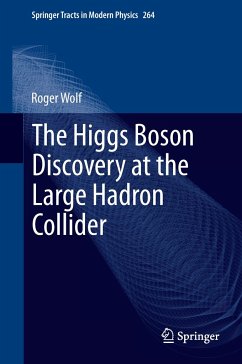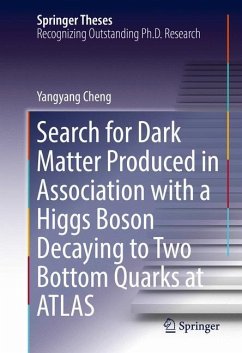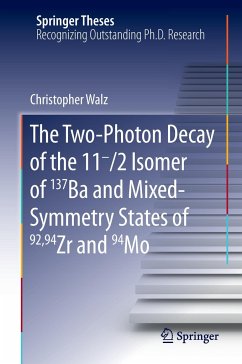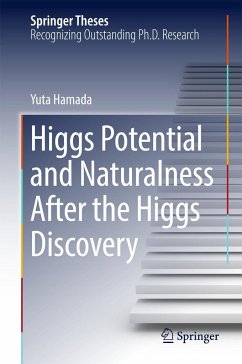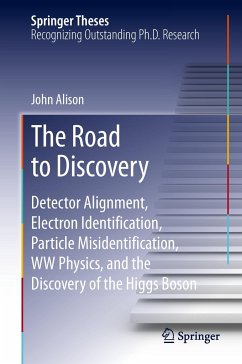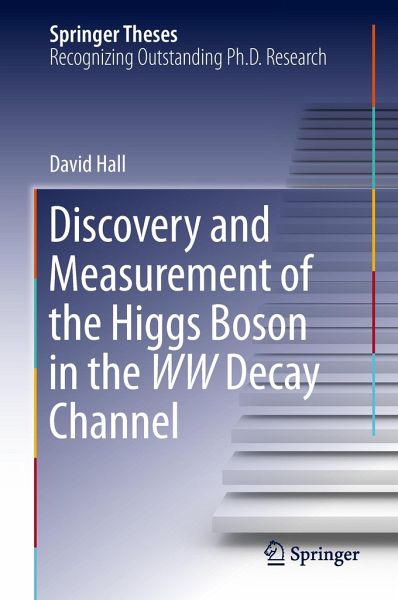
Discovery and Measurement of the Higgs Boson in the WW Decay Channel
Versandkostenfrei!
Versandfertig in 6-10 Tagen
76,99 €
inkl. MwSt.
Weitere Ausgaben:

PAYBACK Punkte
38 °P sammeln!
This thesis describes the stand-alone discovery and measurement of the Higgs boson in its decays to two W bosons using the Run-I ATLAS dataset. This is the most precise measurement of gluon-fusion Higgs boson production and is among the most significant results attained at the LHC. The thesis provides an exceptionally clear exposition on a complicated analysis performed by a large team of researchers. Aspects of the analysis performed by the author are explained in detail; these include new methods for evaluating uncertainties on the jet binning used in the analysis and for estimating the back...
This thesis describes the stand-alone discovery and measurement of the Higgs boson in its decays to two W bosons using the Run-I ATLAS dataset. This is the most precise measurement of gluon-fusion Higgs boson production and is among the most significant results attained at the LHC. The thesis provides an exceptionally clear exposition on a complicated analysis performed by a large team of researchers. Aspects of the analysis performed by the author are explained in detail; these include new methods for evaluating uncertainties on the jet binning used in the analysis and for estimating the background due to associated production of a W boson and an off-shell photon. The thesis also describes a measurement of the WW cross section, an essential background to Higgs boson production. The primary motivation of the LHC was to prove or disprove the existence of the Higgs boson. In 2012, CERN announced this discovery and the resultant ATLAS publication contained three decay channels: gg, ZZ, and WW.





